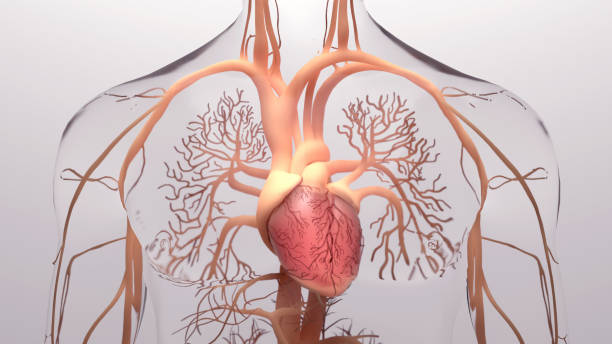Photosynthesis and respiration are processes that occur in all plants. Photosynthesis is the process of converting light energy into chemical energy that can be used by plants to create glucose from carbon dioxide and water. Respiration is the process of converting the chemical energy in food into ATP, a form of energy that can be used by cells. Both processes are necessary for plant growth and survival.
What are Photosynthesis and Respiration?
Photosynthesis and respiration are two processes essential to plants’ survival. Photosynthesis is the process that produces organic molecules from simple inorganic molecules from the sun’s energy. Respiration is the process that breaks down these organic molecules to release the stored energy so that the plant can grow and survive.
The Process of Photosynthesis
Photosynthesis is the process that produces organic molecules from simple inorganic molecules from the sun’s energy. Plants use this process to create their own food. The first step of photosynthesis is when the plant absorbs light from the sun. This light energy is then converted into chemical energy in the chloroplasts of the plant cells. The next step is combining carbon dioxide and water to form glucose. Finally, oxygen is released as a waste product.

The Process of Respiration
In order for plants to grow, they need to respire. Respiration is the process of breaking down food molecules to release energy that can be used by cells. Plants respire all the time, day and night.
During respiration, an enzyme called rubisco breaks down carbon dioxide from the air and water from the soil to create molecules of glucose. Glucose is a type of sugar that plants use for energy. The process of respiration releases energy in the form of ATP (adenosine triphosphate).
ATP is used by plants to power many different processes, including cell division, growth, and movement. Plants also use ATP to make new proteins and enzymes. Enzymes are proteins that speed up chemical reactions in cells.
The Products of Photosynthesis and Respiration
Photosynthesis and respiration are two processes that are essential to sustaining life on Earth. Photosynthesis is the process that produces organic molecules from simple inorganic molecules from the sun’s energy. Respiration is the process that breaks down these organic molecules to produce energy for the cells.
The products of photosynthesis are carbohydrates, such as glucose, and oxygen gas. The products of respiration are carbon dioxide and water. These two processes are in a constant cycle, with photosynthesis producing the organic molecules that respiration uses for energy.

The Importance of Photosynthesis and Respiration
Photosynthesis and respiration are two of the most important processes on Earth.
Photosynthesis helps to produce the oxygen that we breathe, while respiration helps to convert the food we eat into energy that our cells can use.
These processes are essential for life on Earth, and they help to keep our planet healthy and habitable.


